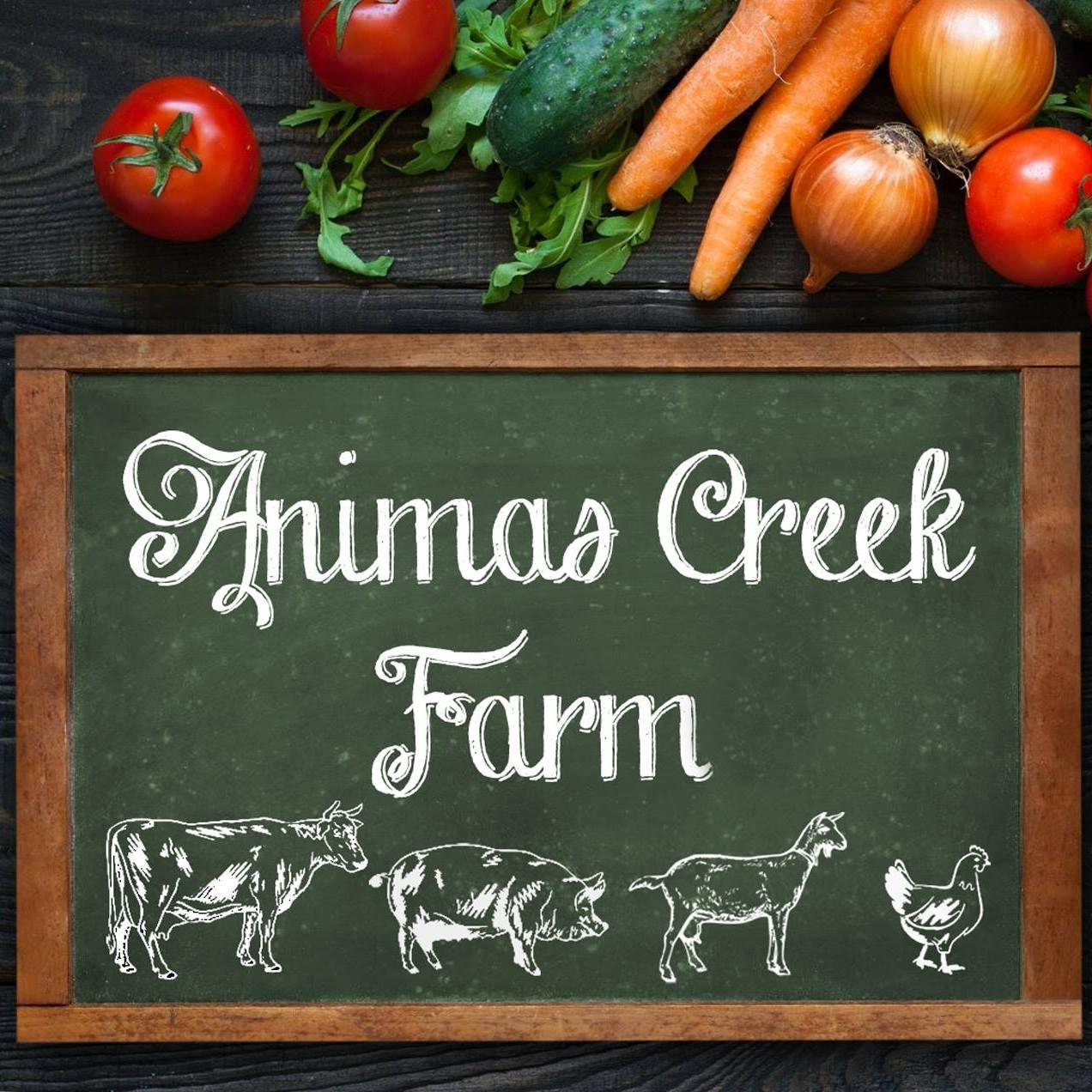Meet our producers!
Select Producer
Select Producer
Animas Creek Farm
Anthony Youth Farm
Backyard Farms
Beck & Bulow
Big Baby Farm
Blanton Farms
Blue Fly Farms
Broken Circle Eggery
Cakes by Kimmi
Carrasco Family Farm
Carzalia Farm
Casa Fresco Farm
Chama River Farms
Chavez Farms
Chispas Farms
Cliff's Artisan Foods
Cor Ursae Herbs
Corrales Classic Farm
Cottonwood Culinary Creations
Cozy Cat Farmstead
De Colores Farms
Desert Micro
Desert Spoon
Desert Verde Farm
Eagle Ranch Pistachio Groves
EMS Farm
Enchanted Farms Mushrooms
Ewe Matter Farm & Dairy
Farm of Song
Fiesta Food on Wheels
Freshies
Frisco Farm
Frontier Food Hub
Green Tractor Farm
Growing Opportunities
K & D Pecans
Khalsa Family Farms
Lotus Farm LLC
M'tucci's Provisions
Malandro Farm
Mendez Produce
Mi Young
Montoya Orchards
Moses Honey
Multi Farm Producer
New Mexico Ferments
New Mexico Harvest
North Valley Organics
Olive's Garden
Peas and Hominy Farm
Planta Fe Farms
Rancho La Jolla
Red Doc Farm
Reunity Resources
Rodriguez S&J Farm
Romero Farms
Rose Farm
Sabroso Foods
Savory Spice Shop
Schwebach Farm
Seashaken
Sierra Blanca Brewery
Silver Leaf Farm
Simple Revolution Farm
Sungreen Living Foods
Sweet Grass Co op
Sweet Grass Meat
Synergia Ranch
Talus Wind Ranch Heritage
Three Sisters Kitchen
Tucumcari Mountain Cheese Factory
Valencia Flour Mill
Verde Juice
Vida Verde Farm
Wavada Orchard
Whole Heart Farm
Zia Soda
Zoe's Meats
Los Ranchos de Albuquerque NM






































































